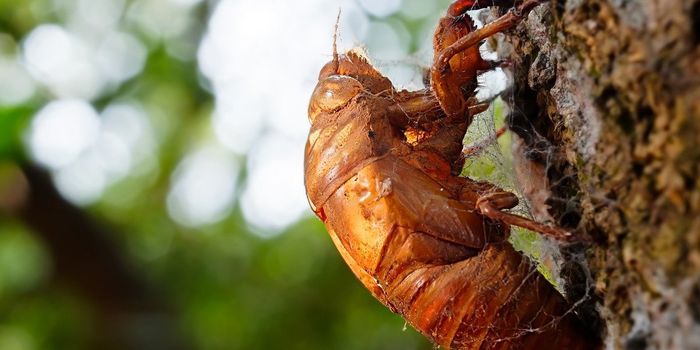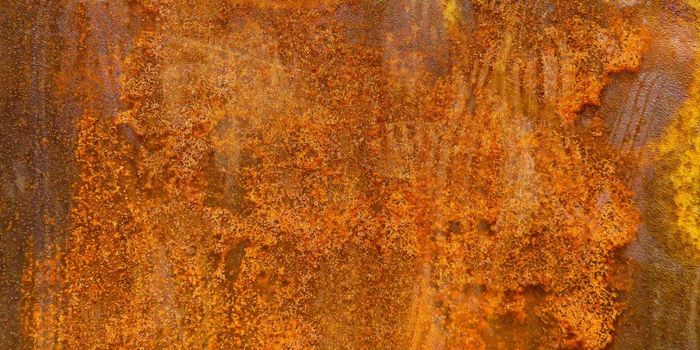As DNA is transcribed into RNA it needs to be edited to remove non-coding regions, or introns, shown in green. This editing process is called splicing, which involves removing the introns, leaving only the yellow, protein-coding regions, called exons.
RNA splicing begins with assembly of helper proteins at the intron/exon borders. These splicing factors act as beacons to guide small nuclear ribo proteins to form a splicing machine, called the spliceosome. The animation is showing this happening in real time. The spliceosome then brings the exons on either side of the intron very close together, ready to be cut. One end of the intron is cut and folded back on itself to join and form a loop. The spliceosome then cuts the RNA to release the loop and join the two exons together. The edited RNA and intron are released and the spliceosome disassembles.
This process is repeated for every intron in the RNA. Numerous spliceosomes, shown here in purple, assemble along the RNA. Each spliceosome removes one intron, releasing the loop before disassembling. In this example, three introns are removed from the RNA to leave the complete instructions for a protein.








